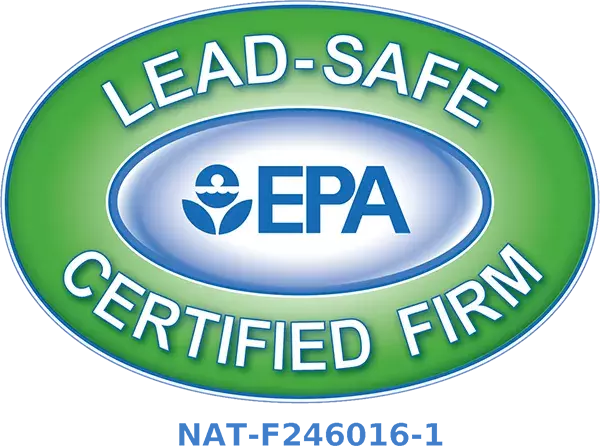As the winter months approach, many Florida homeowners are concerned about the potential for mold growth in their homes due to colder temperatures or increased humidity. While it is true that colder temperatures can lead to an increase in mold growth, there is still much that remains unknown.
In this blog post, we will explore what causes mold growth in the winter, how to prevent it, and the best ways to deal with it once it appears
Can mold grow during the winter months?
Mold can grow in cold temperatures, although it is less likely than in warmer temperatures. Mold thrives in warm, humid climates and usually cannot survive in cold climates unless the environment provides warmth or moisture. While most mold cannot survive in freezing temperatures, some are adapted to tolerate colder temperatures and can survive when temperatures dip below 32°F (0°C).
What types of mold can grow in winter?
Common winter mold types include Cladosporium, Alternaria, and Penicillium. Cladosporium, found in indoor and outdoor settings, is known to survive in temperatures as low as 4 degrees Celsius.
Alternaria also thrives in cold temperatures, especially when moisture is present. This mold is typically grey or black and often appears on shower curtains, bathtubs, and basement walls. Penicillium can survive in temperatures ranging from 7 to 35 degrees Celsius and prefers damp conditions.
How do I know if I have mold in my home during Florida winter tome?
Mold can be tricky to detect during the winter, as cold temperatures can make it difficult for mold to grow. However, mold can still thrive in humid areas and the best way to know if you have a problem is to pay attention to the signs. Here are some of the most common ways to tell if you have mold in your home: a musty smell (often the primary indicator of the presence of mold), symptoms such as stuffy nose, wheezing, red or itchy eyes or skin (for those sensitive to mold), and of course visible mold growth.
How do I prevent mold growth in winter?
Keep your home well-ventilated to prevent mold from growing indoors, reducing the chance of condensation and dampness that can encourage mold growth. Additionally, check for leaks or water damage around your home and promptly address any issues. Finally, clean up any spills quickly and thoroughly to reduce the chance of mold forming.
What Affects the Growth of Mold During the Winter
Several factors can affect the growth of mold in the wintertime. Extreme cold temperatures, limited access to moisture, and decreased sunlight can all cause a decrease in mold growth. This is why you may see less mold during the winter months. On the other hand, warm air from heating systems can rise into attics, where it meets under the cold roof, causing condensation (the ideal condition for mold to grow).
Does mold die in winter?
The short answer to this question is no, mold does not die in the winter. While extremely cold temperatures can slow mold growth, it will not kill it completely. Mold is a resilient organism and can survive in temperatures as low as 20 degrees Fahrenheit
Can I get rid of winter mold myself?
The answer is yes and no. Yes, you can take steps yourself to prevent mold growth in your home in winter, and no, you should not try to remove mold yourself, as this can worsen the problem and lead to further contamination. If you spot any areas of water damage in your home, it’s important to address them immediately, either by repairing them or replacing them.


